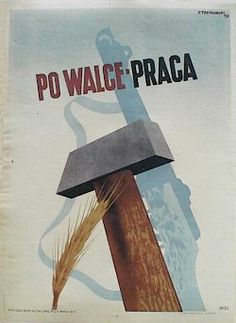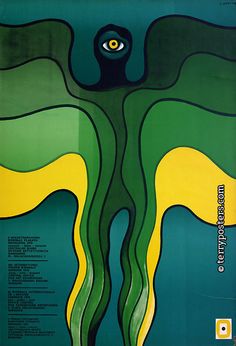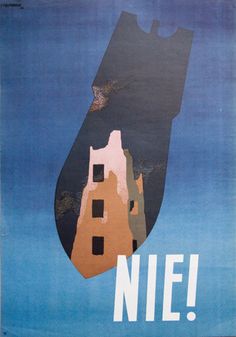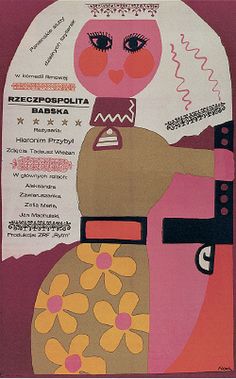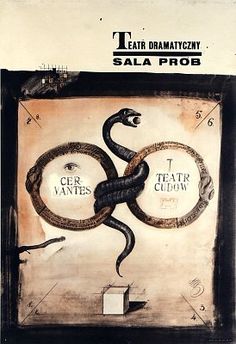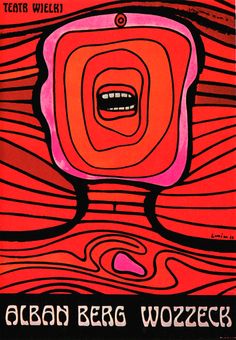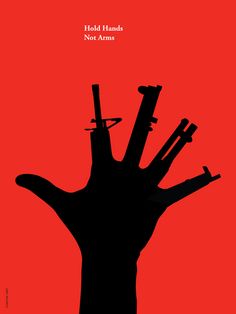421 Conceptual Images
Conceptual illustration, was a significant design approach in Poland, the US, Germany, and Cuba in the second half of the 20th century. Conceptual images dealt with integration of word and image, and conveyed not merely narrative information but ideas and concepts. During this period, graphic artists created more personal images, and pioneered individual styles and techniques, blurring the boundaries between fine arts and public visual communication. (Meggs 21)
79 Pins
·8y
Polish Film Posters - Terry Posters Shop - movie posters, books/magazines, movies, music, clothes
Jan Lenica (b. 1928), Warsaw Poster Biennale, 1976; pushed the Polish collage style toward a more menacing and surreal communication in posters and experimental animated films. Then, during the mid-1960s, he began using flowing, stylized contour lines that weave through the space and divide it into colored zones that form an image .
Pirelli advertising
Armando Testa (1917-92), "Atlante Pirelli" poster, 1955 - an Italian abstract painter turned graphic designer who used metaphysical combinations to convey elemental truths about his subjects. In his wide-reaching ads for Pirelli tires, he borrowed the vocabulary of surrealism by combining the image of a tire with immediately recognizable symbols.
Original contemporary/vintage Polish posters - Contemporary Posters
Tadeusz Trepkowski 1914-56) , Nie! (No!) antiwar poster, 1952. His approach involved reducing imagery and words until content was distilled to its simplest statement. In his famous 1953 antiwar poster (Fig. 21 - 3), Trepkowski used a few simple shapes to symbolize a devastated city, superimposed on a silhouette of a falling bomb.
Jerzy Flisak (b.1930), cinema poster for Rzeczpospolita Babska, undated. After Trepkowski’s early death, Henryk Tomaszewski, a professor at the Warsaw Academy of Fine Arts, became the spiritual head of Polish graphic design. His posters were composed of bits of torn and cut paper, then printed by the silkscreen process. Typical of this casual collage approach is the film poster for Rzeczpospolita Babska (Women’s Republic) by Jerzy Flisak seen here.
Franciszek Starowieyski
Franciszek Starowiejski (b.1930), Warsaw Drama Theater poster, 1962. one of the first graphic designers to incorporate the metaphysical and surrealism into Polish posters, representing a darker, more somber side of the national character. This may have represented either a reaction to the social constraints of the dictatorial regime or despair and yearning for the autonomy that has so often been denied the Polish nation during its history.
Henryk Tomaszewski (1914-2005), a Polish poster innovator who led the trend toward developing an aesthetically pleasing approach, escaping from the somber world of tragedy and remembrance into a bright, decorative world of color and shape (Fig. 21 - 4) and (Fig. 21 - 5). In an almost casual collage approach, designs were created from torn and cut pieces of colored paper, then printed by the silkscreen process.

